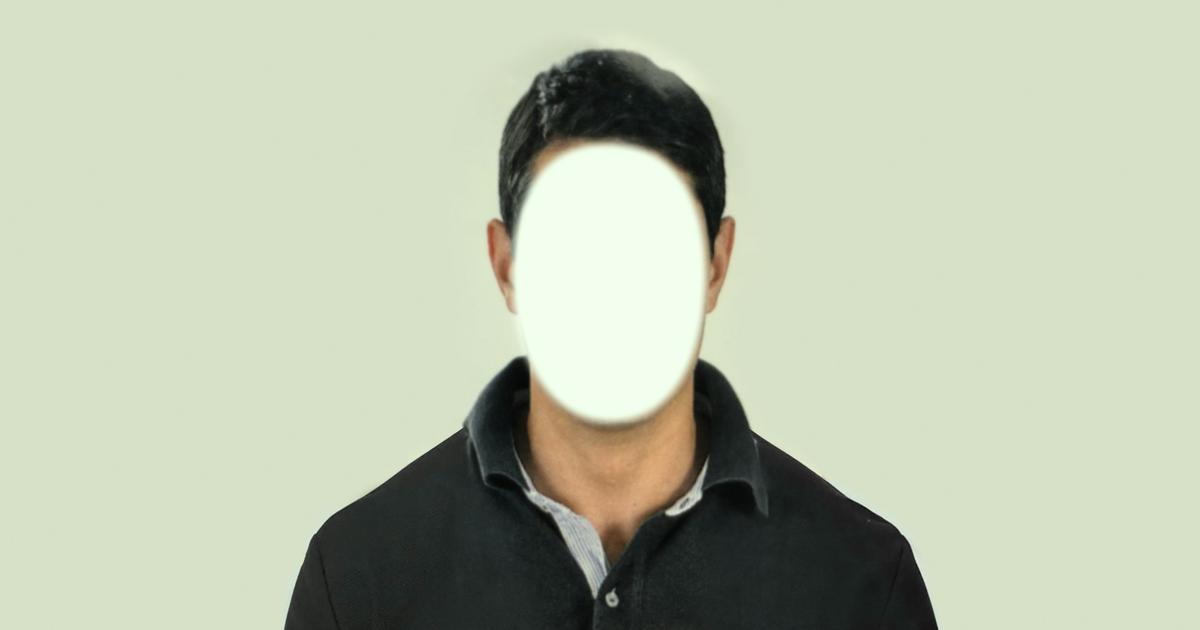Icon: enlarge
FFP2 mask:
Photo: PAVEL IARUNICHEV / iStockphoto / Getty Images
From next Monday, a simple mouth and nose protection will no longer be sufficient in Bavaria: Anyone who goes shopping or uses local public transport must wear an FFP2 mask, the Bavarian cabinet has agreed.
The masks also protect the wearer themselves, the aim is to improve safety.
What can FFP2 masks actually do?
How do you wear them properly?
What do experts think of the new obligation?
The most important answers.
What is an FFP2 mask?
The term FFP comes from the English: Filtering Face Piece, it is a particle-filtering half mask.
They are originally known in particular from the trade, to protect against dust or toxic substances in the air.
While there is no standard for simple mouth and nose coverings, FFP masks have to meet certain conditions.
They are divided into three categories 1 to 3, depending on how many aerosols the masks can filter.
FFP2 masks must hold back at least 94 percent.
How well does an FFP2 mask protect - and how does it fit correctly?
When properly fitted, the FFP2 mask can protect both the wearer and those around him from droplets and aerosols.
It is then certainly superior to an everyday mask.
But only if it actually sits correctly.
"Even in the hospital, I keep seeing staff whose FFP2 masks don't fit properly," says Walter Popp, Vice President of the German Society for Hospital Hygiene, to SPIEGEL.
Not every FFP2 mask fits every face.
Depending on the shape, the mask can then protrude slightly from the cheeks or chin, for example.
This creates a gap through which air can flow unhindered.
"Then you practically only breathe through the leak," says Popp.
FFP2 masks are actually checked for their filter performance and fit during the quality check, but that did not always happen in the pandemic months, says Popp.
There are many poorly fitting masks on the market.
The mask must be tight all around so that it protects.
Popp has a simple explanation of how you can tell: "If it is difficult to breathe, the mask fits correctly."
Beard wearers have a particular problem because their hair makes it virtually impossible to put the mask on properly, says Christof Asbach, President of the Society for Aerosol Research.
Even with a stubble, the mask is no longer tight enough so that the air can flow freely there.
There are very expensive alternatives in the industry with all-round visors, safer HEPA filters and air pumps.
But this is not intended for everyday use.
"Basically, the only option left is to shave."
It is unlikely that all Bavarian beards will choose this option.
How long can you wear an FFP2 mask?
If FFP masks are put on at work, clear rules apply, which are described by the professional association for health and welfare: For a mask without an exhalation valve, which includes FFP2 masks, a maximum of 75 minutes is allowed to be worn at a time, followed by at least 30 minutes of rest without Mask.
Basically, the masks last at least eight hours a day, says Asbach.
This also applies if you add up the time spent on the bus, for example, and when shopping.
Some masks certainly lasted longer.
Breathing through the multi-layer mask is definitely more difficult.
Walter Popp even says: "An average 85 or 90-year-old no longer has the breathing capacity to breathe properly through an FFP2 mask." He therefore suspects that many of the FFP2 masks given out free to seniors do not fit properly or not be worn properly.
However, he clearly contradicts the myth that carbon dioxide collects in masks.
How often can you use an FFP2 mask - how is it stored and cleaned?
FFP2 masks are actually single-use products.
It is therefore generally not intended to store or clean them in between.
Researchers from the University of Applied Sciences (FH) Münster and the Westfälische Wilhelms-Universität Münster have looked into how the masks can be used several times in private.
Her suggestions: Dry the masks in the oven at 80 degrees top and bottom heat for one hour.
Both higher and lower temperatures are problematic because they either damage the mask or do not inactivate any viruses that may be present.
Alternatively, you can let the mask dry for seven days on a hook in room air, you will then need several masks.
With both methods, a mask should be worn a maximum of five times.
And for various reasons, saucepans, microwaves, washing machines, dishwashers and UV lamps are not suitable for cleaning masks.
It is important not to keep the mask in a bag or other container, where it will remain moist so that bacteria can also multiply.
What do experts say about the FFP2 mask requirement?
Experts do not agree on whether it makes sense to wear an FFP2 mask instead of an everyday mask.
"In principle, I think the idea is good," says virologist Jonas Schmidt-Chanasit.
However, it would have to be linked to offers: on the one hand, free access to such medical masks, and on the other hand, instructions for correct use.
"Without such offers, I take a critical view."
FFP2 masks have been shown to offer better self-protection than simple surgical mouth and nose coverings, says Gérard Krause from the Helmholtz Center for Infection Research (HZI) in Braunschweig.
In addition, the range of quality of simple mouth and nose covers seems to be very variable - and the way they are worn is often inadequate.
"With FFP2 masks, these two difficulties do not seem to be so pronounced, so that better effectiveness can be expected for this reason too."
Johannes Knobloch, head of the hospital hygiene department at the University Medical Center Hamburg-Eppendorf, is more skeptical: “I don't think that makes a big difference.
In the worst case, the situation can even worsen because people feel more protected and are less cautious. «An FFP2 mask requires great expertise, it comes from occupational safety and is not intended for lay people.
"If it is not put on absolutely tightly, it does not work better than a simple disposable mask," says Knobloch.
Hygiene expert Popp, on the other hand, does not believe in the FFP2 mask requirement for the population in Bavaria.
Correct wearing of the mask requires individual training.
And if the mask is worn incorrectly, do not protect it.
Icon: The mirror
wbr / dpa










